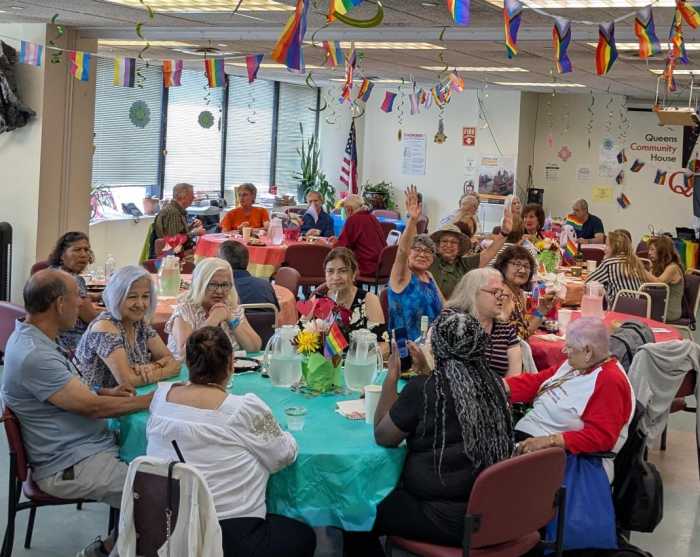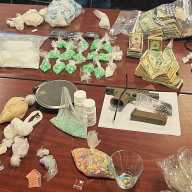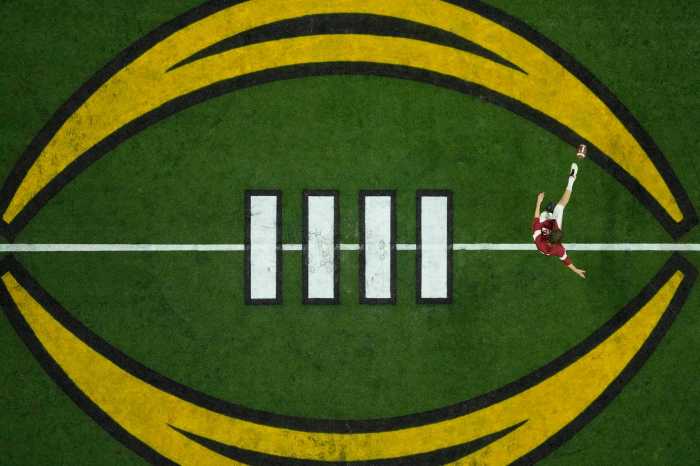He spent the next two and one half years in Creedmoor, a charge of the state, until he decided to take on the state mental health bureaucracy and obtain his release. The wily Rowe drew on his legal skills, engineered a hearing, and less than three years after killing his wife, Mary and their three children, walked out of the forbidding mental institution to take his place in society.
This story of families under stress gives the reader profound insights into lives strained by children with crippling mental and physical deformities. Salamons story is anchored by a support group of mothers whose disabled children are under treatment at the Industrial Home for the Blind in Brooklyn. They function as a Greek chorus as the story illuminates the lives of parents caught in a cruel turn of fate.
Bob and Mary Rowes tragedy came as a shocking surprise to the support group which looked upon the Rowes, particularly Bob, as towers of strength. Rowe frequently waxed eloquently in appearances before the support group. He urged them to find the strength to deal with their misfortunes.
On one occasion he took the floor to tell fellow parents the following:
"Mary and I got the attitude right from the beginning that we are not going to engage in a life of self sacrifice to the extent that we were going to be suffering. God sent this to us, or somebody sent this, or this is a cross we must bear. Our major theme has been that we are going to be happy, and if we can be happy with Christopher [the retarded son], if this is going to be a tragedy, if he is going to make a tragedy of our life and our family, then he has to go. This may sound a little cold-blooded, but the fact of the matter is that this how is its worked out. We are a very happy family."
The support group applauded Bobs common sense approach to the life that was dealt him. But the "happy family" soon proved to be a myth.
The Rowes were appealing not only because of their bracing bluntness. They sounded like a team, enviably in sync. They merged their experience into a single narrative. Though he was the dominant speaker, Bob seemed in no way to be domineering. The Rowes were a touchstone for many of the mothers in the support group.
So how did the "perfect" couple self-destruct?
Next-door neighbors to the Rowes were stunned when they saw the police standing outside of the familys home and heard how Bob in robotic fashion battered his wife and three children with a bat, tried unsuccessfully to commit suicide, and after failing, sat in his living room and waited for authorities to come.
Later psychiatrists learned that for months Bob had been severely depressed.
The trial in Supreme Court in Kings County moved swiftly. The judge ruled there was no criminal responsibility and Rowe was adjudged insane.
After a short period in an upstate mental institution, Rowe was transferred to Creedmoor. Creedmoor is a 300-acre campus, which at the time, contained 70 buildings located in the middle of a residential neighborhood in Queens. The forensic unit was small. It housed about 40 patients or less than three percent of a patient population of about 1,700.
Rowe was put in a locked ward, but patients could receive grounds privileges. The patients slept in cubicles, eight beds to a cubicle, and nothing separated them from one another, not even a curtain. There was no place to be alone.
Danger lurked everywhere. Three inmates began to threaten Rowe. "We can do anything with you at night," they would taunt. "We can kill you at night when you are sleeping."
Rowe had had enough. He escaped one day. The inmate went to the Port Authority Bus Terminal and got into the first bus headed for Las Vegas. He returned to Creedmoor a week later.
He orchestrated a campaign back in Creedmoor to get released.
"My psychologist says his tests indicate I am not psychotic…What am I doing here?"
Using his legal skills, Rowe wrote the State Mental Health Department and demanded a hearing. After several legalistic letters to the commissioner, a hearing was held. The state decided that Rowe was free to leave.
Less than three years after killing his family, Rowe was freed from Creedmoor. Soon after a friend of Bobs, Don Cassidy, introduced Rowe to Colleen. A romance ensued and Colleen, who knew about her fiances destruction of his family married him.
With his freedom secured and the marriage consummated, Rowe turned his attention to regaining his license to practice law. He engineered a campaign to persuade the Bar Association to return his license to practice law. He persisted after a series of legal setbacks and finally won a hearing before the states highest court, the Court of Appeals. He appeared before Judge Sol Wachtler, then the chief judge. Wachtler would soon experience his own mental breakdown and eventual imprisonment.
The Court turned down Rowes request on Feb. 10, 1987. "It came as quite a shock. Colleen was hit twice as hard because the Court was so friendly," Rowe wrote to a lawyer friend.
The couple soon had a child. Rowe struggled to make a living, but was struck down by cancer and died on Sept. 23, 1997 at the age of 68.
Colleen, who went on to become an attorney, had a long-dreaded meeting with the support group and she shared her perspective of life with Bob for the group.
In the books touching ending Colleen tells her eight-year-old daughter that her father had murdered his family.
Where was my dad when his family was killed? "Daddy killed them. He was a mentally ill person who needed help. He tried to kill himself, too."
The conversation lasted only a few minutes and then the little one asked if she could go out and play.
Facing The Wind is published by Random House ($24.95). The author is an award-winning New York Times television critic.






























